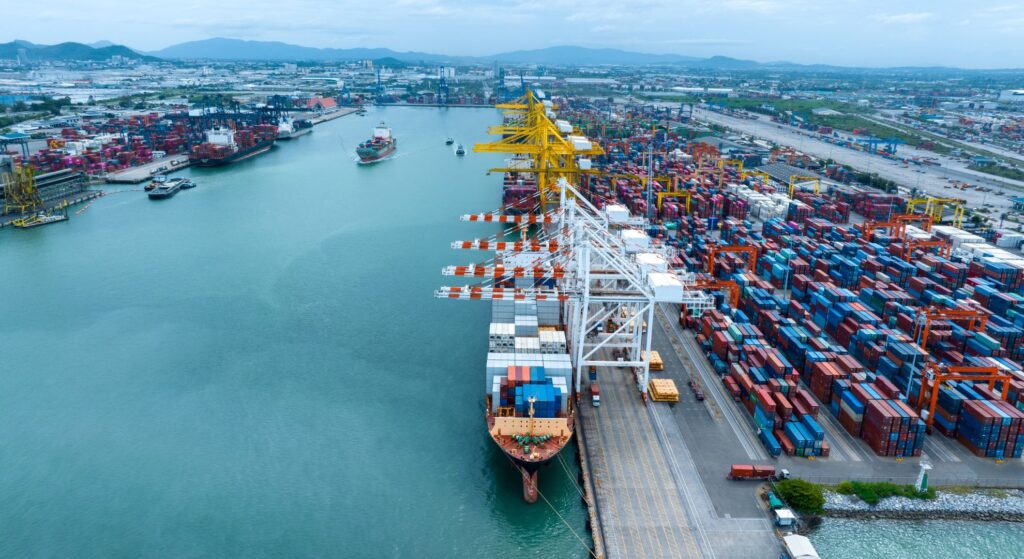
Thursday 6th November 2025

by inAfrika Newsroom
Kenya port digital upgrades are gaining pace as the ports authority rolls out a new terminal operating system and deeper links to the national single window, officials said. The goal is simple: cut dwell times, sharpen visibility and attract more transshipment to Mombasa and Lamu.
The new terminal system unifies yard planning, gate flows and vessel moves on one dashboard. Planners can re-sequence operations in real time when weather shifts, cranes slow or reefer demand spikes. As a result, ships spend less idle time alongside, and trucking gates clear backlogs faster. Lamu, meanwhile, logs more calls as lines test rotations that bypass congestion at rival hubs.
Kenya port digital reforms extend beyond the quay. Customs added data pipes between the single window and port community systems so importers, agents and carriers see the same status stamps. Moreover, standardized milestones reduce manual queries and conflicting updates. The next phase targets open APIs for berth nominations and rail allocations to inland depots, which should tighten handoffs to the SGR.
Shippers want predictability during peak season. Tea, coffee and horticulture exporters say clearer slot visibility and reliable cut-offs lower spoilage risk. In addition, automotive and project-cargo importers need tighter coordination between port gates, weighbridges and abnormal-load escorts. Officials plan appointment systems, OCR gates and electronic seals to curb theft and shorten truck turns.
Technology alone does not fix governance. Therefore, the authority is pairing software with audit trails and penalties for falsified declarations. Freight forwarders welcome the approach, since cleaner processes reduce random checks and storage fees. Banks and logistics investors also read the signals. When TOS metrics improve, financing for cold-chain terminals, empty-depot automation and rail sidings becomes easier to structure.
Kenya port digital progress feeds the corridor race. Northern Corridor stakeholders coordinate with Rwanda and Uganda on data standards to keep road and rail legs synchronized. Meanwhile, private operators pilot yard-management tools at inland depots so containers release within hours of customs clearance, not days. The combined gains free capacity without pouring new concrete.
Several risks remain. Power dips, fiber cuts and cyber threats can stall systems. Consequently, the authority is building redundancy for energy and connectivity, plus incident-response drills. It is also publishing weekly scorecards on berth productivity, truck turn time and average dwell so users can track performance and hold teams accountable.
If execution stays on track, 2026 could mark a step change for East African logistics. Kenya port digital reforms would lift service levels, pull more transshipment and reduce corridor costs—benefits that ripple into prices for households and inputs for factories.


